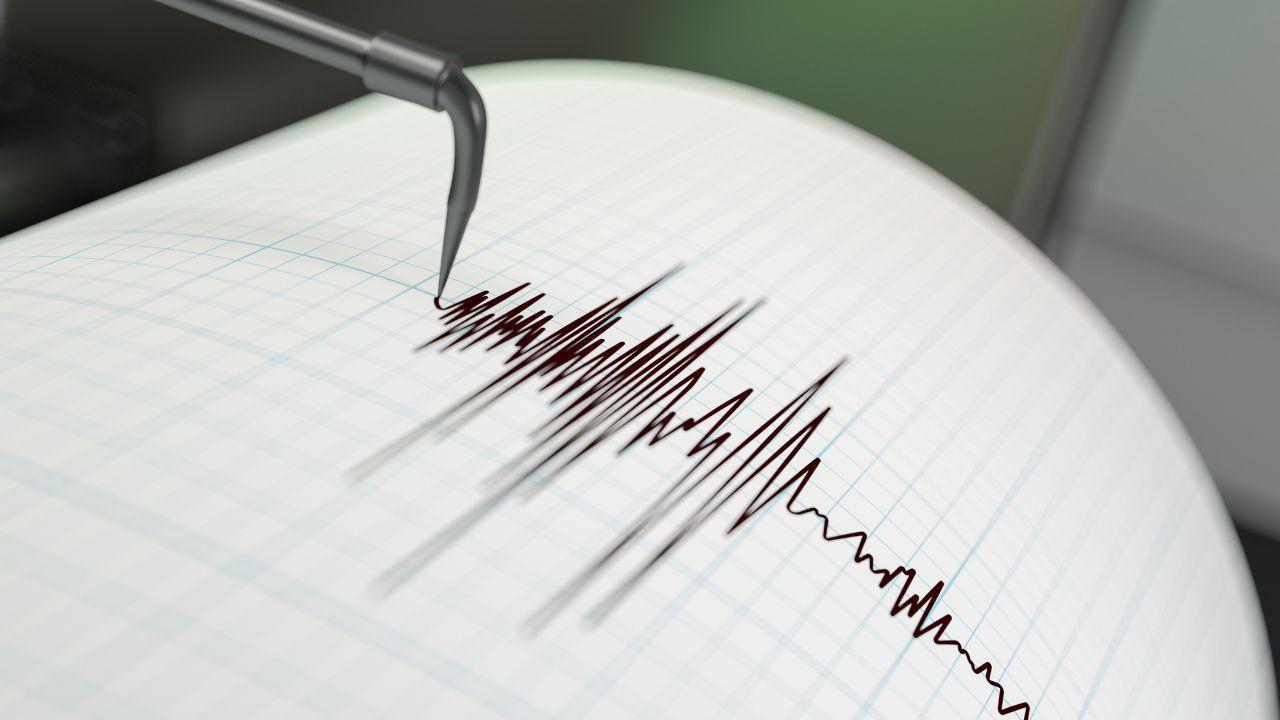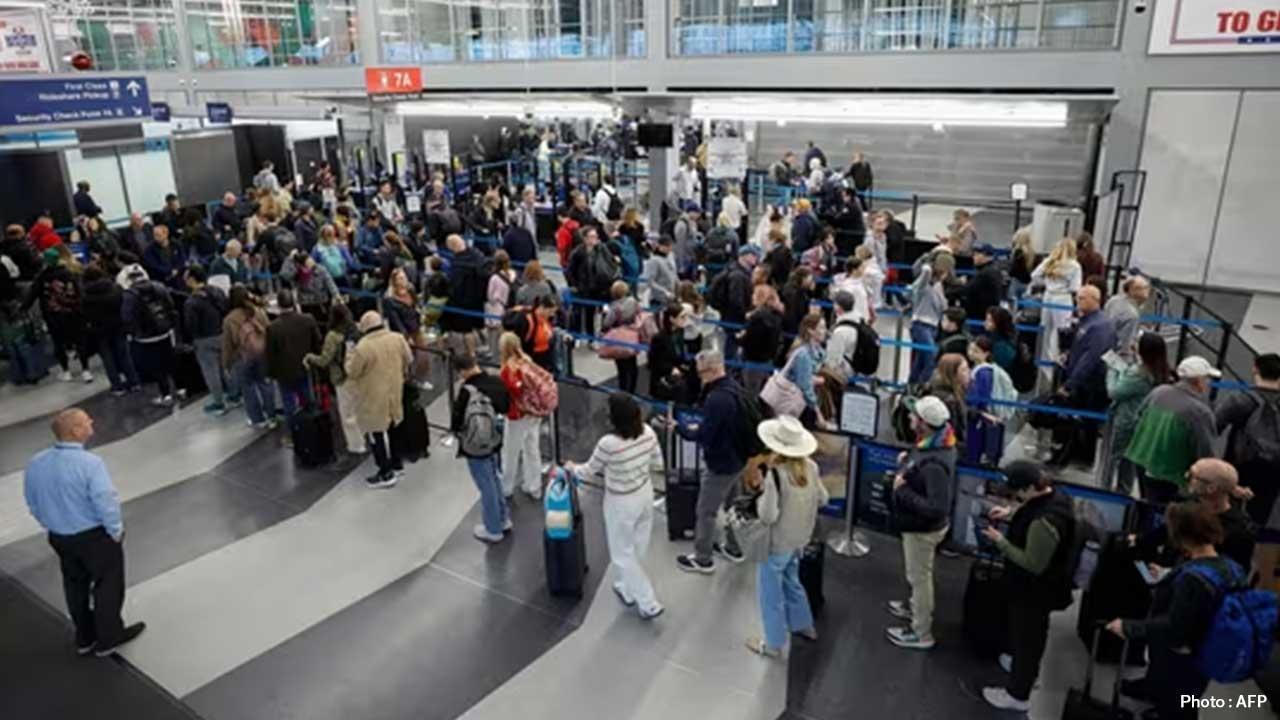
Join 10k+ people to get notified about new posts, news and tips.
Do not worry we don't spam!

Post by : Anis Farhan
In the early hours of Tuesday, June 25, an earthquake measuring 4.2 on the Richter scale struck the Andaman Sea, setting off temporary concern among nearby coastal authorities and residents. The tremor was recorded at 01:43 AM IST, according to a bulletin issued by the National Centre for Seismology (NCS), India’s premier earthquake monitoring agency.
The quake’s epicentre was located at latitude 9.46° North and longitude 94.07° East, with its origin lying at a depth of 20 kilometers beneath the seabed. Though the magnitude was considered light, and well below the threshold for triggering a tsunami or large-scale impact, the location falls under a seismically active belt where even low-magnitude quakes are closely monitored.
Fortunately, no casualties or structural damage were reported from this incident. Authorities confirmed that all offshore operations and coastal areas remained unaffected. However, local agencies have been instructed to stay alert in case of any aftershocks. The Indian National Centre for Ocean Information Services (INCOIS) also stated that no tsunami warning was issued following the quake.
The Andaman and Nicobar region lies close to the subduction zone between the Indian and Burmese tectonic plates, making it one of the most seismically volatile regions in Southeast Asia. Minor quakes are a common occurrence here, but they typically go unnoticed by the population unless they cross the magnitude-5 threshold or are felt near populated land masses.
In 2004, the region was part of one of the most devastating seismic events in recorded history—a 9.1-magnitude earthquake near Sumatra that triggered a deadly tsunami, claiming over 230,000 lives across multiple countries. Since then, both Indian and international agencies have ramped up seismic monitoring and coastal alert systems in the area. Today, every tremor—no matter how small—is analyzed for potential risk escalation.
Tuesday’s earthquake, while mild, serves as a reminder of the need for continuous disaster preparedness, especially in zones marked as high-risk on the seismic vulnerability map. It also brings into focus the importance of maintaining updated evacuation protocols, resilient infrastructure, and public awareness campaigns.
Emergency teams in Port Blair and other nearby islands conducted basic precautionary checks and reported zero disturbances. Commercial operations, flights, and ferry services across the Andaman and Nicobar Islands proceeded normally throughout the day.
As of now, the situation is under control, and no aftershocks have been recorded. The NCS will continue to monitor the region, and updates will be issued should seismic activity change.










Suranika Roshan Celebrates Bakery Launch with Saba Azad's Support
Suranika Roshan opens her bakery, The Moon Beam Bakery, as Saba Azad shares an encouraging message o

Jets Make History with Unprecedented Special Teams Touchdowns
In a landmark game, the Jets scored two touchdowns on special teams, making franchise history with a

Chargers Secure 25-10 Win Over Steelers with Strong Defense and Herbert's Leadership
Los Angeles Chargers triumphed over the Pittsburgh Steelers 25-10, showcasing a formidable defense a

Rams Triumph Over 49ers; Adams Left with Minor Oblique Injury
The Rams secured a 42-26 win against the 49ers, but Davante Adams left the game in the fourth quarte

Jurel's Stellar Performance Raises Selection Dilemmas for India
Ahead of the South Africa Tests, Dhruv Jurel's impressive form complicates team selection as Rishabh

Ryan Williams Embraces Indian Identity, Joins Football Camp
Ryan Williams has transitioned from Australia to India, joining the national football camp in Bengal